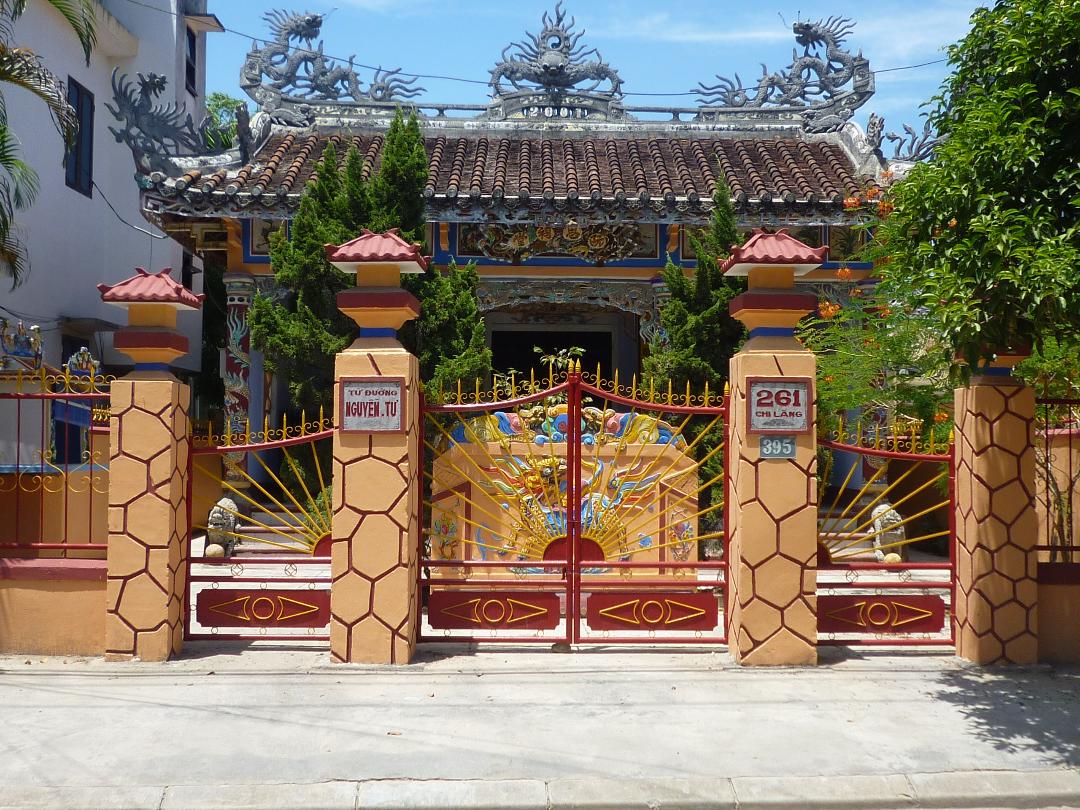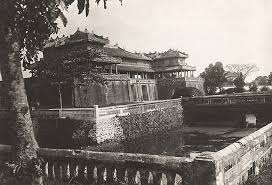The Nguyen-Tu
Mrs. Sy Dang paternal side (Vietnamese: Nguyễn Tư) descended from the Nguyen dynasty. Her grandmother, Công Nữ Tiên Xuân, was the daughter of Thọ Xuân Vương (1810 - 1886), the third son of Minh Mang.
While Ming Mang had many children, that fact did not entitle them to government posts. These princes had to compete with other rich and educated families for posts within the government.
They also had to be wary of the flow and ebbs of influences from the other politically powerful families.
Thọ Xuân Vương, Tuy Lý Vương, Tùng Thiện Vương were the only three princes who obtained and maintained their government posts under Minh Mang's rule.
Công Nữ Tiên Xuân had three children and resided at Nguyễn Tư residence in Gia Hội, Huế. Primarily Buddhists, the Nguyễn Tư kept their lives private. Unlike their fathers, Minh Mang's descendants were opened to other religions like Catholism, and allowed their children to marry and be converted to their spouses religions.
During the Japanese occupation, the Nguyễn Tư found their admiration in the Catholic religious orders who helped Huế with the dead and the poor. Mrs. Dang's father and mother were baptized at the end of their lives, fullfilling her father's life long wishes.

Nguyễn Tư Residence in Gia Hội, Huế.
The architecture detail of traditional homes varied. The dragon and the sun family crest in the courtyard, the lions guarding the steps leading into the main house, and the dragons on adorned arches and columns signifying the royal family.
Công Nữ Tiên Xuân's children also resided at Prince Thọ Xuân Residence due to marriage to other members of the royal family. Captain Bữu, one of her grandchildren,was in the investigative team that discovered the explosions at the Hue radio station were not caused by the First Republic troops in August 1963[3][4][5].

Prince Thọ Xuân Residence in Gia Hội, Huế (Vietnamese: Phủ Thọ Xuân)
Today, Thuận An Vỹ Dạ, Gia Hội and Kim Long are three United Nations Educational, Scientific and Cultural Organization (UNESCO) designated areas in Huế city where
residences of the princes are restored and maintained. Thuận An Vỹ Dạ has Gia Long's princes residences. Gia Hội has mostly Minh Mang's princes residences.
Kim Long has the subsequent king's princes and wives residences.[2]
References
- UNESCO World Heritage Sites: Vietnam - Complex of Huế Monuments
- Tổ chức Giáo dục, Khoa học và Văn hóa của Liên Hiệp Quốc (UNESCO) - Các Vương Phủ Huế
- The Indochinese experience of the French and the Americans: Nationalism and Communism in Cambodia, Laos and Vietnam
- Our Vietnam Nightmare
- A Death in November